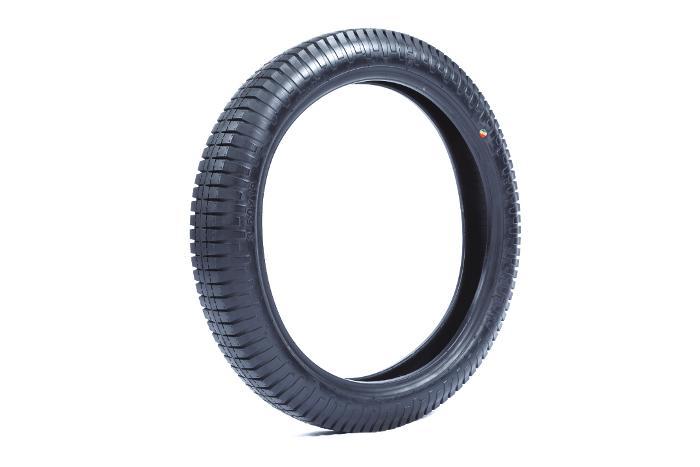GN
The story of Frazer Nash really goes back to the GN cyclecar, the product of Ron Godfrey and Capt. Archie Frazer-Nash, whose initials formed GN. Starting from 1910 the belt driven cars used proprietary V twin engines, but not long after GN produced their own 1087cc V twin . By the time of their Grand Prix model, just before 1914-18 war, the engine became forward facing with the cylinder heads poking out of the bonnet on either side to assist with cooling, with a drive shaft going to a bevel box via a substantial flywheel that was designed to keep the engine going if one cylinder was not working correctly - not a bad idea since the angle of the engines V did not quite correspond to the timing of the magneto! This GN design was the basis of what would continue through in to future Frazer-Nash cars.
Post 1918 a steering box
was added which replaced the wire and bobbin method of steering, and the
wood chassis frame was replaced with steel. Salmson the aero engine and
aeroplane makers in France took out a licence to build these cars,
while GN acquired larger premises in Wandsworth so that GN could move
out of Hendon, but by the time of the move in 1920, they lost vast
amounts of sales, not being able to satisfy demand because they could
only build 50 cars a week. But as time went on customers demand was the
expectation of quieter engines and bigger bodies with more room, which
was done, but this was at the expense of these GN's having less power
and weight weight, at a time that both Ron Godfrey and Archie
Frazer-Nash had far less control of their company. And when you consider
that around this time the numbers of GN's made in France under licence
by Salmson was tapering off due to tehm getting harder to see while the
French company started to build their own Cyclecars that had 4 cylinder
water cooled engines (they were adamant the engine was not to be air
cooled), conventional gearbox and so on - something that Archie
Frazer-Nash also understood. The GN was a great and popular concept but
by 1922 had really had its day.
But what about the GN tyres and their sizes? The earlier belt driven GN's used the tyre size "26x2 1/2 for 2 1/4" also now called 650x65. The GN's built after the 1914 - 18 break used the tyre size 700x80 which is what is also called 26x3, which has a different wheel rim size. The only exception was the post war (ie after 1918) GN Vitesse which was still listed with the 26x2 1/2 for 2 1/4 or 650x65 size, but after 1922 nothing was listed with anything other than the 700x80 size. Blockley not only produce these two beaded edge tyre sizes with the period correct twin stud Dunlop pattern of the time, but unlike other tyre brands available, the Blockleys are more robustly built as in period and as such are compatible for use on motorcars (as well as lighter motorcycles), yet our superior Blockley product costs no more because we sell our tyres direct to the end user without the assistance of the Classic tyre wholesalers in between! We have also sourced a thicker decent quality butyl inner tube to suit.
With the Blockley
tyres and the inner tubes, there is no reason not to have the original
beaded edge set up on a GN - the tyres grip well, handle well, look
period and last - they are reliable but just make sure your wheel rims
are in adequate condition (good new made rims are in any case easily available). The Blockley beaded edge tyres are heavier duty with stronger sidewalls compared to anything else available, which make them suitable for motor car use, rather than just the motorcycles that these tyres are mainly supplied for. Some GN's have inevitably had their rims
changed to well base type over the years and for these we can supply our
period correct highest quality 3.50x19 with correct small block tread triple stud tyres.

